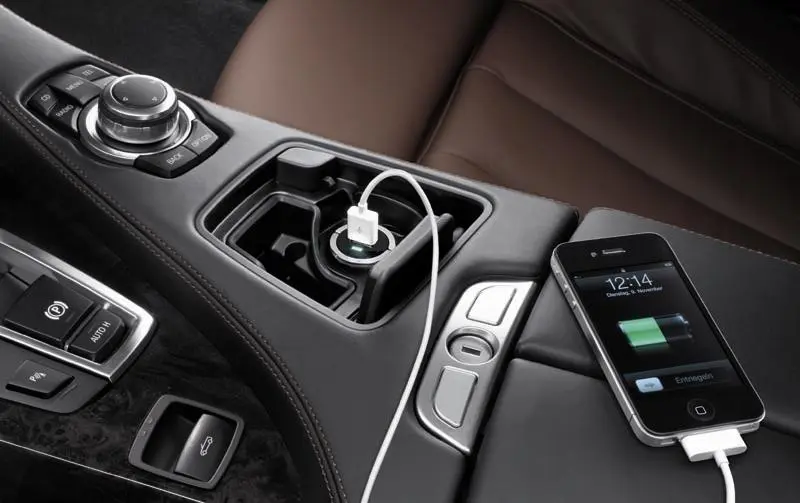Having USB ports in our cars is a convenient way to connect our smartphones while driving, but what do you do when they stop working?
There could be several reasons, but fortunately, most can be easily diagnosed and repaired. Here are some steps to take when your USB ports are not working:
Check if there are connectivity issues
If you are unable to connect your device to the USB port, check that the plug is inserted correctly. With USB-C ports, it doesn’t matter which way the plug goes in, but with older USB-A ports, it does. Simply flip the plug to line it up correctly and try again.
See if the cable is damaged
Some modern vehicles have wireless charging options, but if you’re using a cable, it may be frayed or kinked, rendering it useless. When an old cable no longer functions, replace it.
Clean the trapped debris
Dirt, dust, and other debris can get wedged in the USB port, preventing it from working. Examine the port and use a port cleaner to remove any obstructions.
Check the fuse box
A blown fuse cuts power to the USB port. Look for the fuse panel, typically on the driver’s side of the car, and check the diagram to see which fuse controls the USB port. Replace the fuse with one of identical size and amp if necessary.
Damaged USB port
A USB port may fail or wear out. If your car is under warranty, the manufacturer should pay for repairs. Repair manuals are needed for older USB ports.
